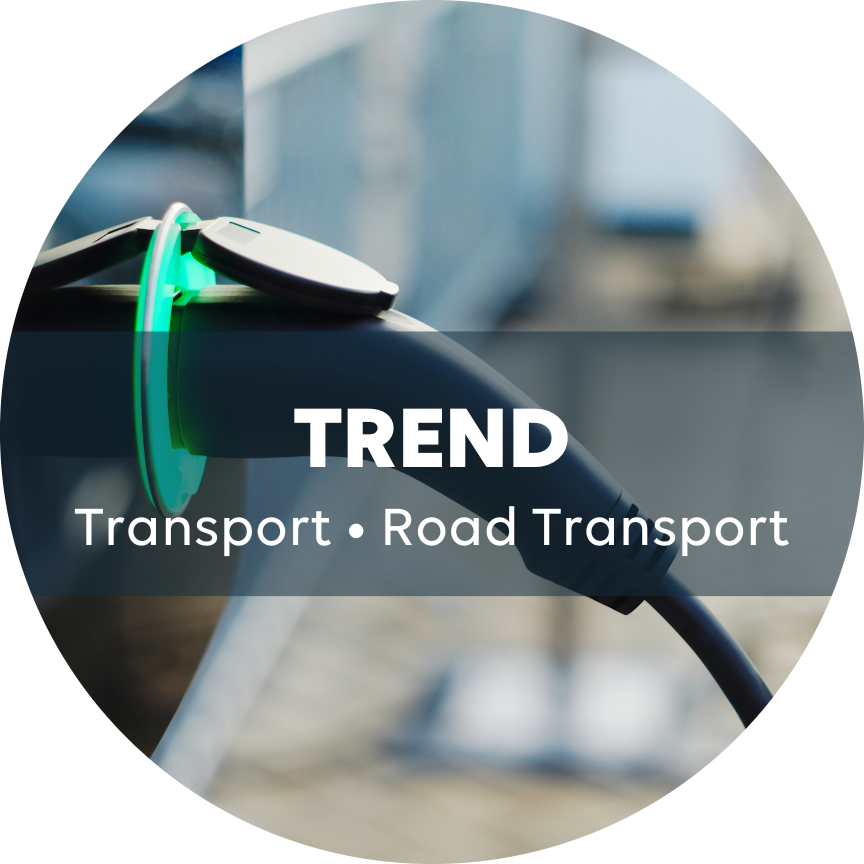Transport • Metals, the precious fuel for the automotive market in the race to electrification
The high concentration of strategic mineral resources and battery production sites means that car market players are in stiff competition, both to secure their supplies and to take up position on the new low-carbon services that accompany the development of electric vehicles.

The upsurge in new vehicle sales observed in 2021 features an acceleration in purchases of electric models. The high concentration of strategic mineral resources and battery production sites means that car market players are in stiff competition, both to secure their supplies and to take up position on the new low-carbon services that accompany the development of electric vehicles. Whether it concerns opening lithium mines, recycling batteries, or building gigafactories, industrial competition is taking on a whole new dimension. Nevertheless, the success of electric vehicles has had no impact on another strong market trend: the rocketing rise in SUV sales.
The sharp rise in automobile sales in 2021 after the slump caused by Covid-19 continues the two-way trend from the last few years. While sales of new electric vehicles are picking up speed in Europe and China with: one vehicle in five sold in the world is now rechargeable electric (BEV and PHEV); SUVs are increasing their market share, pushing up the average size, weight and consumption of vehicles. One vehicle in two sold in the major economies is an SUV, and electric vehicles are no exception.
The material result of this trend is an increased need for critical metals. Requirements for minerals indispensable for the production of electric batteries (lithium, nickel, cobalt) are intensifying international competition. Carmakers, battery manufacturers, mining companies, states and local governments are part of a mad race to secure their supply of raw materials, in a situation where value chains are highly concentrated between a few countries. In the United States and Europe, the regionalization and relocation of battery and critical mineral production is confronted with local opposition, which underlines the contradictions between creating low-carbon industries and preserving the environment. The same is true in emerging countries, where the vertical integration of value chains capitalising on mineral resources is being challenged. Finally, the concentration of value chains around a handful of dominant players upstream and downstream of the automotive sector is confirmed.





